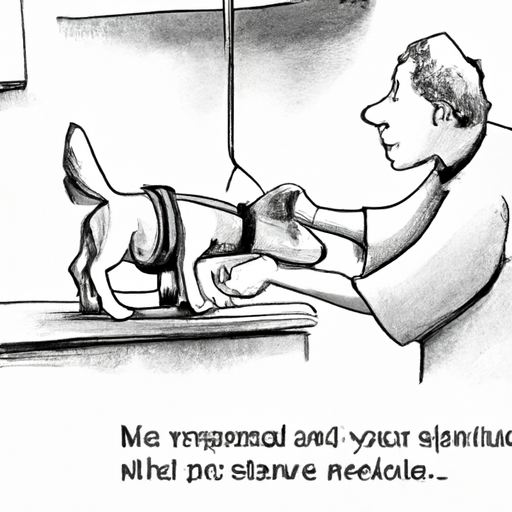Understanding the Process of Microchipping Your Dog
As a caregiver, your pet’s safety is paramount to you. You may have heard about microchipping, and are considering it as a proactive measure to safeguard your furry friend. So, let’s delve into understanding the process:
- What is it? Microchipping is a simple procedure where a tiny chip, about the size of a grain of rice, is inserted under your dog’s skin.
- How is it done? A vet uses a syringe-like tool to place the chip, usually without any anesthesia.
- Where is it placed? The microchip is typically implanted between the shoulder blades, where it’s difficult for the dog to reach.
Your dog may yelp or squirm a little, but it’s just as quick and easy as a vaccination shot.
The Importance of Microchipping Your Dogs
As a caregiver, your heart would sink if your dog ever went missing. Microchipping can provide a safety net for such incidents. Here’s why it’s important:
- Permanent ID: Unlike collars, microchips can’t be lost or removed.
- Quick Reunion: If your dog is found and taken to a vet or shelter, they can be easily identified and returned to you.
- Proof of Ownership: In case of disputes, microchips serve as proof that the dog is yours.
The Safety and Effectiveness of Microchips
You may be concerned about the safety of implanting a foreign object into your pet. It’s a valid worry, but rest assured that microchipping is generally safe and effective. Here’s what you should know:
| Pros | Cons |
|---|---|
| Unlikely to cause health issues | May migrate from the original spot |
| Long-lasting (up to 20 years) | Some scanners may not detect certain chips |
| No battery or power required | Does not replace the need for a collar or tag |
Aftercare and Maintenance
Once the chip is implanted, there’s minimal aftercare needed. However, here are a few things to keep in mind:
- The chip doesn’t require any power or battery changes. It’s activated by a scanner when needed.
- It’s crucial to update your contact info with the chip’s manufacturer if you move or change phone numbers.
- Regular vet visits should include a quick scan to ensure the chip is still in place and functioning.
Frequently Asked Questions (FAQs)
Q: Does microchipping hurt the dog?
A: It’s similar to a vaccination shot and usually doesn’t require anesthesia.
Q: Can the microchip be removed?
A: It’s possible, but usually not necessary unless it’s causing health issues.
Q: Does the microchip act as a GPS tracker?
A: No, it only contains identification information.
Q: What information is stored in the chip?
A: The chip has a unique ID number linked to your contact information.
Q: How much does it cost to microchip a dog?
A: It typically ranges from $25 to $50, and is often included in adoption fees.
In conclusion, microchipping is a simple, effective way to ensure your dog’s safety. It’s a small investment that could make a big difference in your pet’s life.



